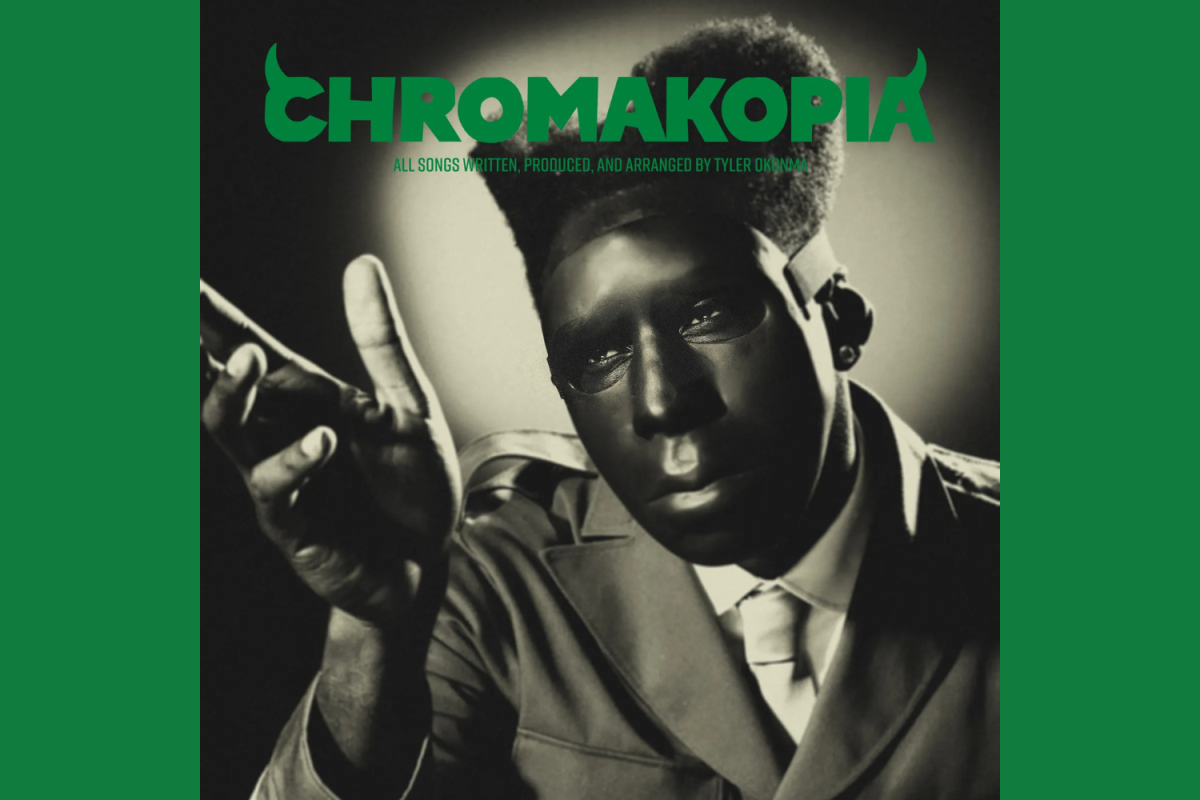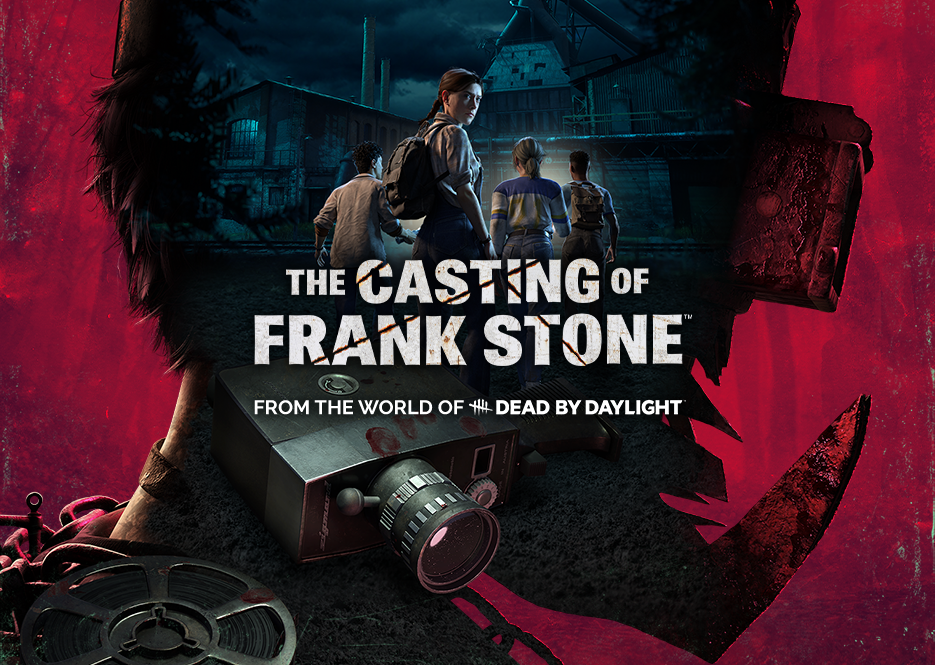Whether it’s in his music, his style, or his methods of self-expression, Tyler the Creator has never been afraid to push boundaries within the music industry.
Chromakopia, his latest album released on Monday, October 28, is an example of him following his own rules. This album combines complex beats with vivid lyricism.
Tyler also combines color, emotion, and genre with a vivid image of his past, present, and future self. Chromakopia, brings the listener on a deep dive into his personal life, which he reveals more about than ever before.
In his previous albums, Tyler has portrayed a cast of alter egos. For example in his album Igor, he portrays the character who represents his anger and resentment towards someone he loves. On Call Me if You Get Lost, he portrays Tyler Baudelaire, who reveals his loving and vulnerable side.
And now on Chromakopia, Tyler portrays the alter ego St. Chroma, which represents Tyler, who is now 33 years old, maturing and coming into an understanding of his important life events.
Each song on Chromakopia has a different and unique story, and each song on this album has a deep and significant meaning behind it.
The color “Chroma”, a beautiful, dark green color, relates to Tyler’s brand as he is known for being colorful. Whether it comes to his music, personality, or clothing. The word “copia” means “abundance.” The word is associated with wealth, variety, and fertility. Foreshadowing the color, feeling, and theme of the album. The Saint Chroma persona is based on Chroma the Great from the 1961 novel “Phantom Tollbooth.” In the novel, the character Chroma the Great is a conductor who dictates the color of the world through the sound of music.
During the production of Tyler’s Chromakopia, the album was originally going to start off and end with Tyler talking about his life growing up in L.A. since many people speculated that he grew up in the suburbs. Later, the album refocuses on the meaning behind what his mother had always told him growing up. He realizes that everyone around him is getting older, starting families, and moving on, while all he has is wealth and fame. It’s him coming to a conclusion, that along with everyone else, he’s getting older.
The first song on the album “St. Chroma” is what introduces the listener to Chromakopia. The song is so much more than an introduction to the album. It conveys his development as a musician and as a person. The lyrics he uses capture the honesty of what he feels. He expresses the journey he’s been on since he first rose to prominence as an artist and his current status.
In the music video we are introduced to Saint Chroma, this is the alter ego Tyler takes on throughout the album. He appears to be wearing a mask that looks exactly like his face. This represents the honesty that Tyler pours into this album. So much honesty that he feels the need to wear a mask to express these feelings.
The song titled “Hey Jane,” originates from a healthcare company, based in New York that gives abortion-related procedures. Which further foreshadows what the song talks about. The song goes on to show two different perspectives on an unintended pregnancy with the parties being Tyler and “Jane” as they talk about their emotions and what to do.
The song’s first half transitions into Tyler discussing his feelings about the circumstance. He discusses how anxious he is and continues to explain that the individual he got pregnant is not a romantic partner and they are still getting to know one another. Towards the end of his part of the song, he explains to her that at the end of the day, it’s her choice and that he supports her either way. The song slowly shifts to Jane’s point of view. She expresses her feelings towards the situation as well and that she’s happy that it happened with him, but isn’t sure what to do. She continues by saying that she had previously undergone an abortion and didn’t want to have one again. She says that she is already growing older and that voice in her head is telling her to keep it. “Hey Jane” serves as a reminder to people that we are all human and all share human experiences.
Lastly, Tyler’s “Like Him,” featuring Lola Young, is the 12th song on the album. He dives into the emptiness his father’s absence has left in him. Exploring his identity and learning to understand himself. Tyler talks about his personal journey and questions the traits he inherited that tie back to his relationships. The song opens with Tyler’s realization of how he resembles his father. Someone who he is tied to but doesn’t have a relationship with. In the song, Tyler repeats the words “Like Him,” representing his confusion and realizations. Tyler confesses to his mother in the song that he feels like he’s “chasing a ghost.” This is a metaphor he uses to show the emotions of searching for that connection with someone who is absent and unknown.
Overall, this album is great. When I first listened to it, I wasn’t really sure how I felt about it because it was very different compared to his other albums, but it grew on me. I would recommend this album to anyone but mostly long-time Tyler fans. I believe they would appreciate it a lot more because it captures his personal experiences that may be relatable to his audience.












